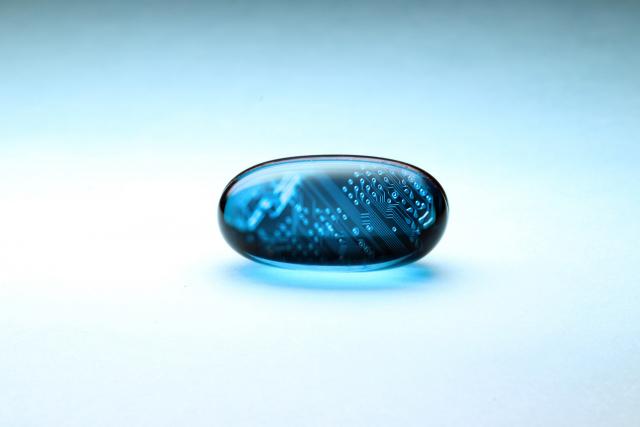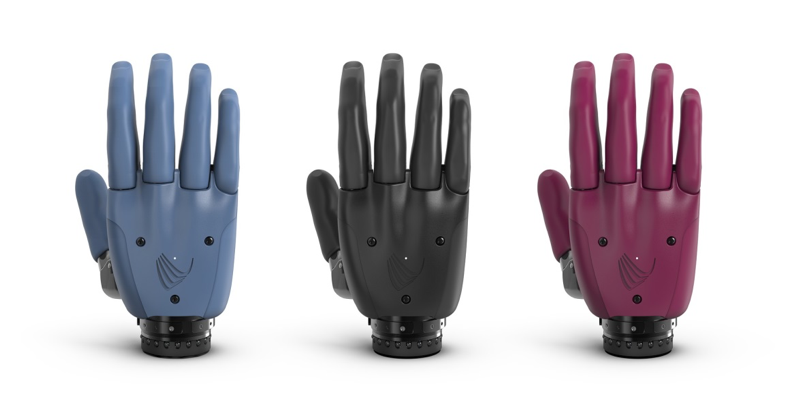Medical Mechatronics: Improving life for patients and clinicians
March 11, 2019Mechatronics, the fusion of computer science with electrical and mechanical engineering, is used in numerous industries, but have you ever wondered why it has been so successful in the healthcare field?
According to the International Journal of Pharmaceutical Sciences, the use of mechatronics allows for “extreme miniaturization,” which permits “examination, sensing, and monitoring from inside the patient.” This less invasive technology is having a profound impact on both patients and clinicians.
Sensors can now detect physical, chemical and biological signals, which in turn can lead to earlier detection of a patient’s medical issues. In addition, tiny mechatronic designs enable the creation of tools for endoscopic surgery, home monitoring and telemedicine, implanted devices, robotic surgical devices, and much more.
Thanks to medical mechatronics, numerous devices we all take for granted have been created such as; cardiac pacemakers, defibrillators, ultrasonic probes and arthroscopic devices.
Here’s a look at some interesting applications of medical mechatronics:
Prosthetic limbs that mimic realistic movements
To operate realistically, a prosthetic hand needs a separate motor for each finger, telling it how and when to move.
One prosthetic hand, called bebionic has been created with microprocessors enabling precise manipulation. It can handle delicate movements like picking up an egg or threading a needle.
Bebionic uses a combination of cutting-edge actuators, sensors, micro-processors, and embedded control software. The result is a prosthetic hand that mimics a real hand.
LUKE arm has been approved by the FDA and is considered the “first device to be capable of making multiple and simultaneous movements through muscle contractions detected by electromyogram (EMG) electrodes.” The arm has an onboard computer and built-in switches and motion sensors to execute movements.
Robotic-assisted surgical systems lead to quicker recovery
Surgeons around the world use a robotic-assisted, minimally invasive surgery platform called the da Vinci® Surgical System. After a tiny incision is made on the patient, the surgeon manipulates the actions of the robotic arms. Mechatronics enable the robotic arms to move in sync with the surgeon’s hand movements.
Medical mechatronics in the future
Since medical mechatronics integrates many different domains—electric and mechanical system design, machine/deep learning algorithms, real-time clinical data analysis and assistive/rehabilitation robot development—it’s a field that is sure to create many more life-saving tools for both patients and clinicians.
It’s always exciting to join an innovative and growing industry. As technology improves and the need for more mechatronics based devices continues to rise, demand for mechatronics engineers will continue to grow.
Learn more about the in-demand field of mechatronics. Capitol Tech offers bachelor’s degree programs in mechatronics engineering and mechatronics and robotics engineering technology. For more information, contact admissions@captechu.edu or phone 800-952-1992.




